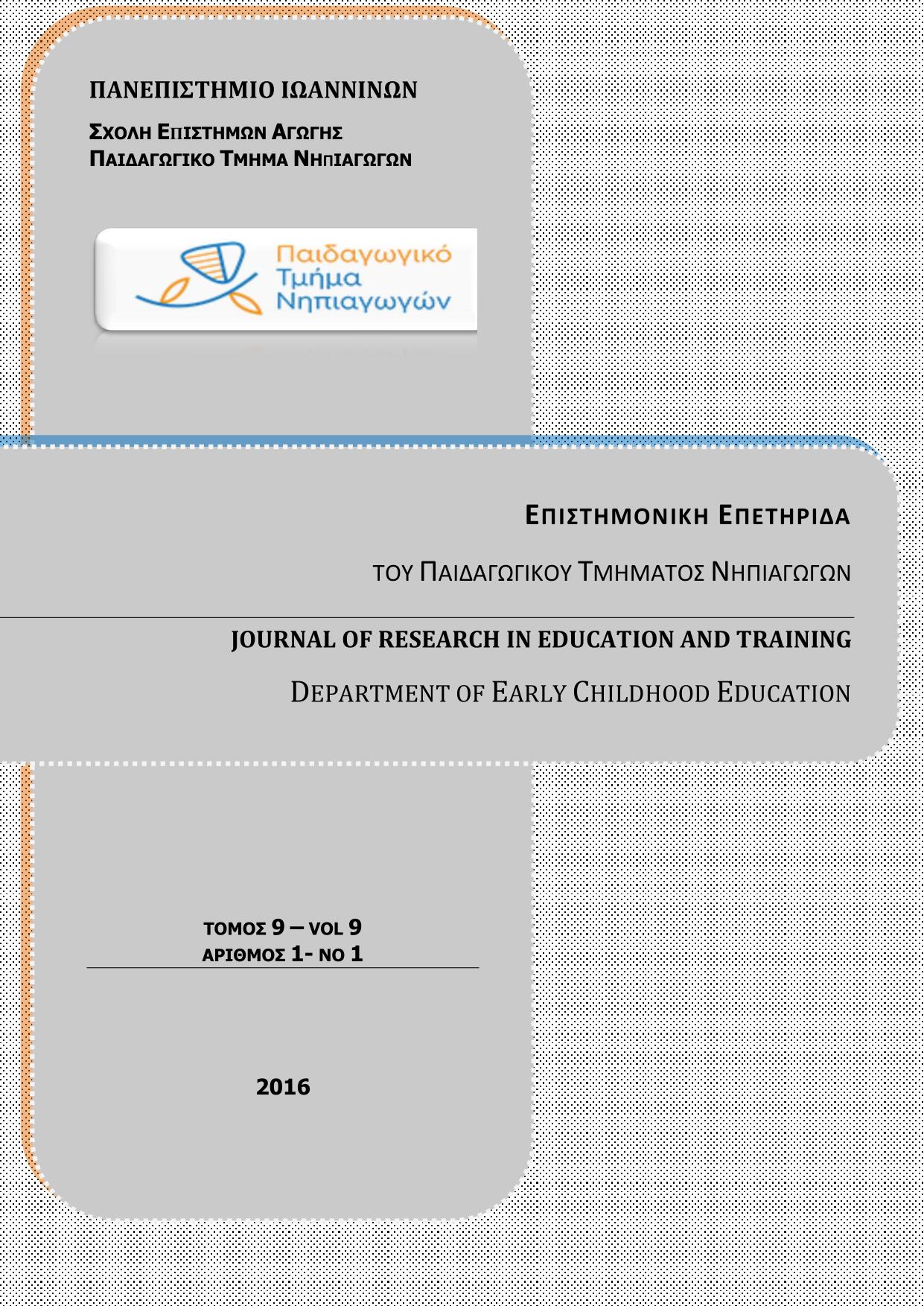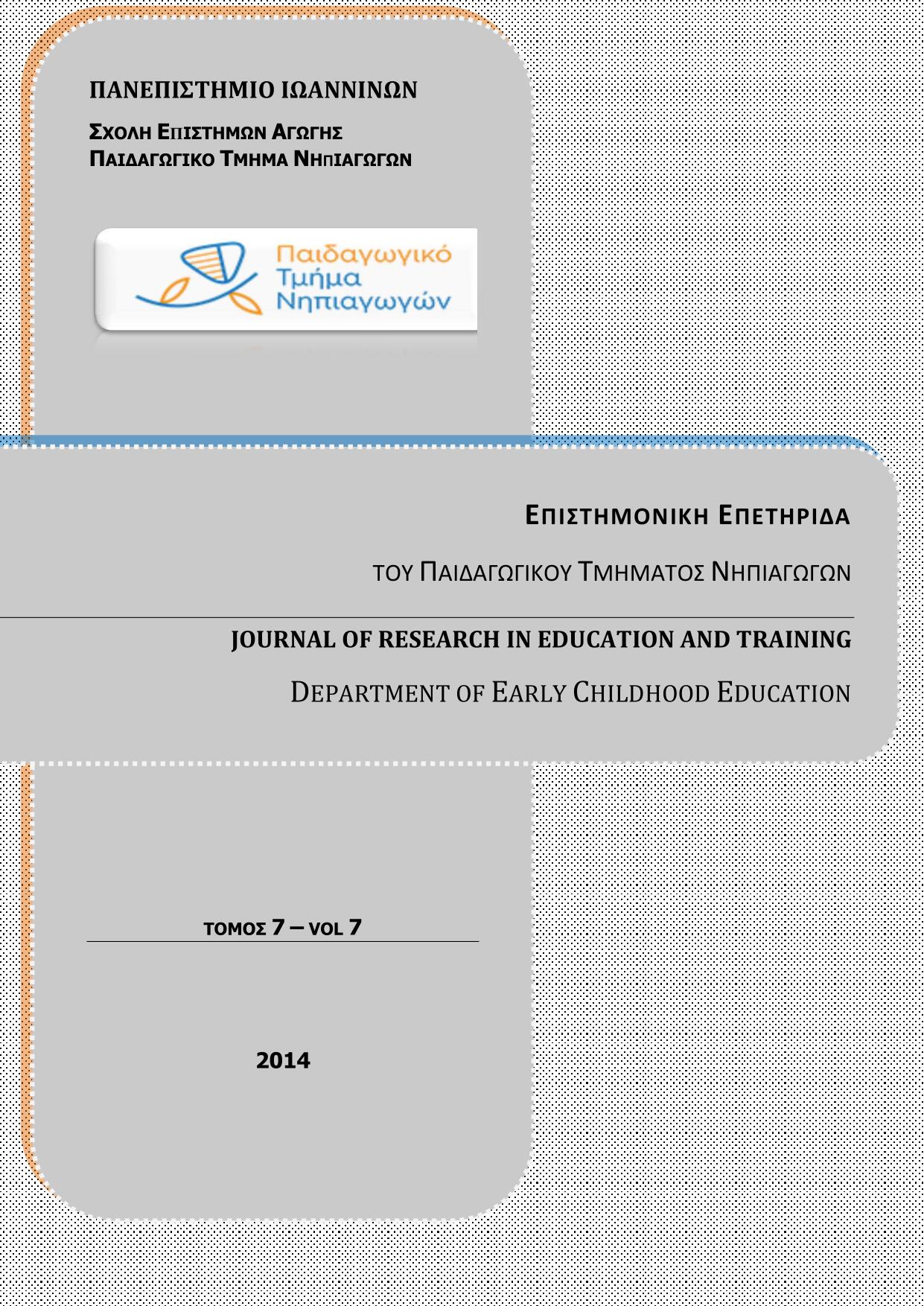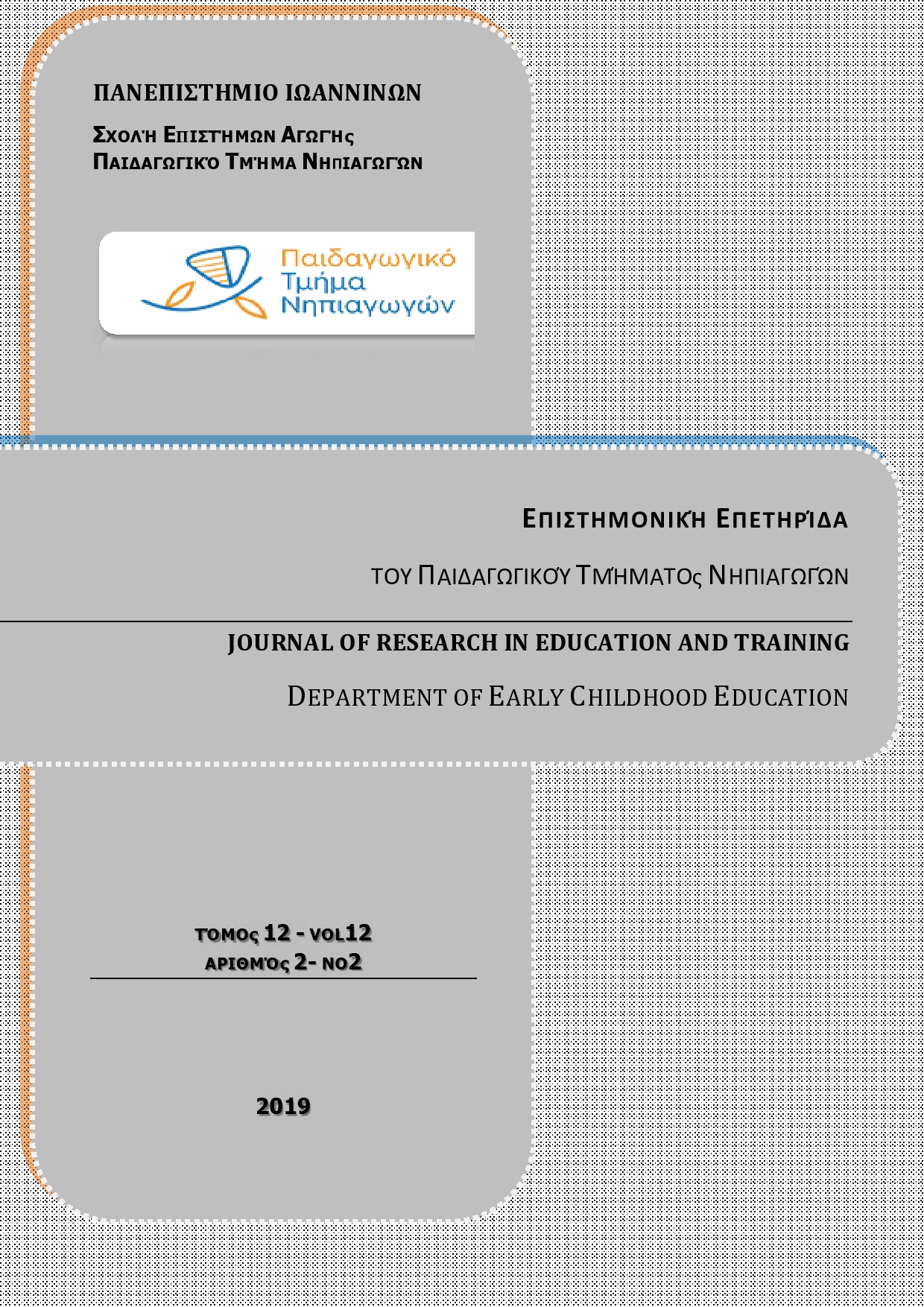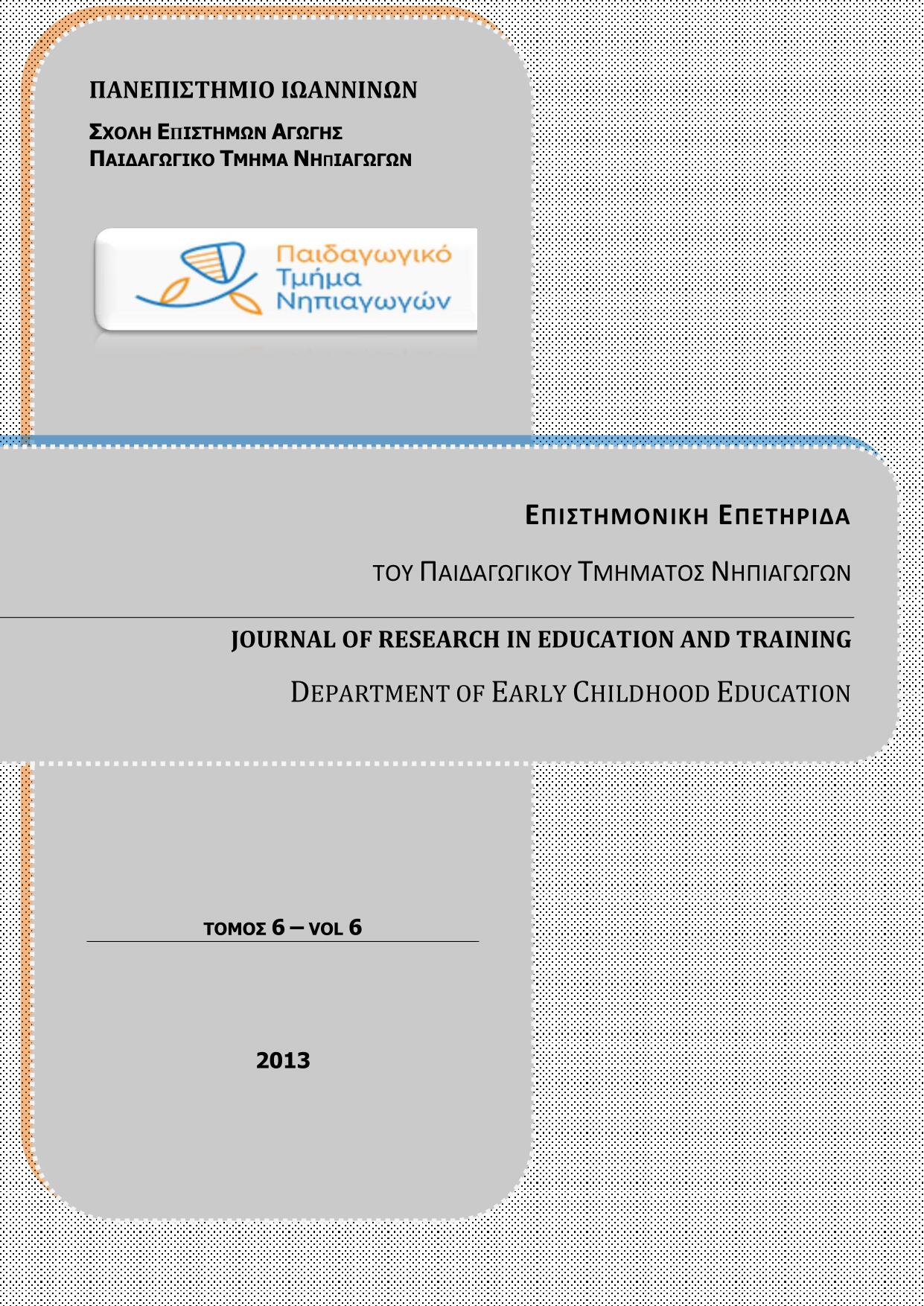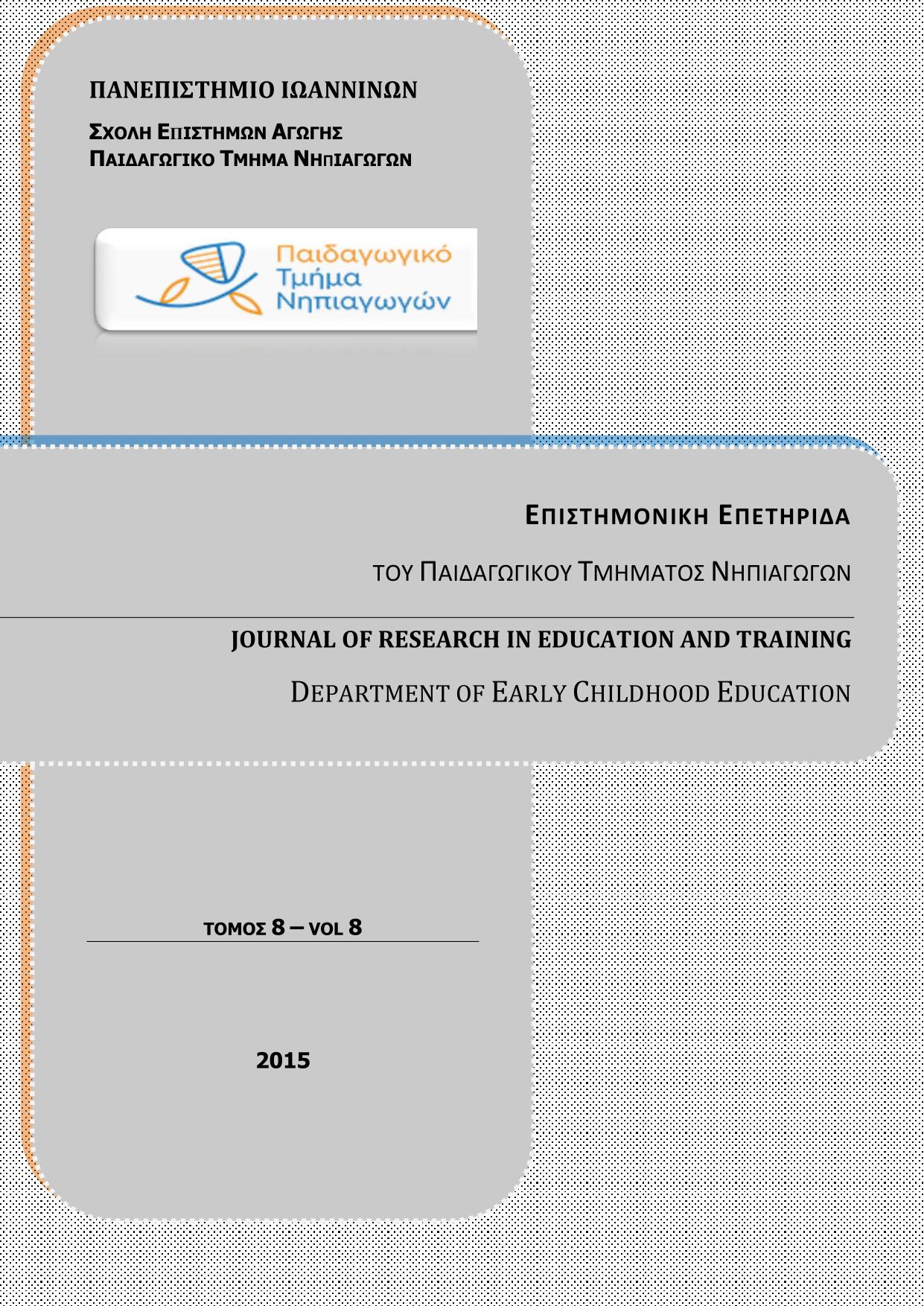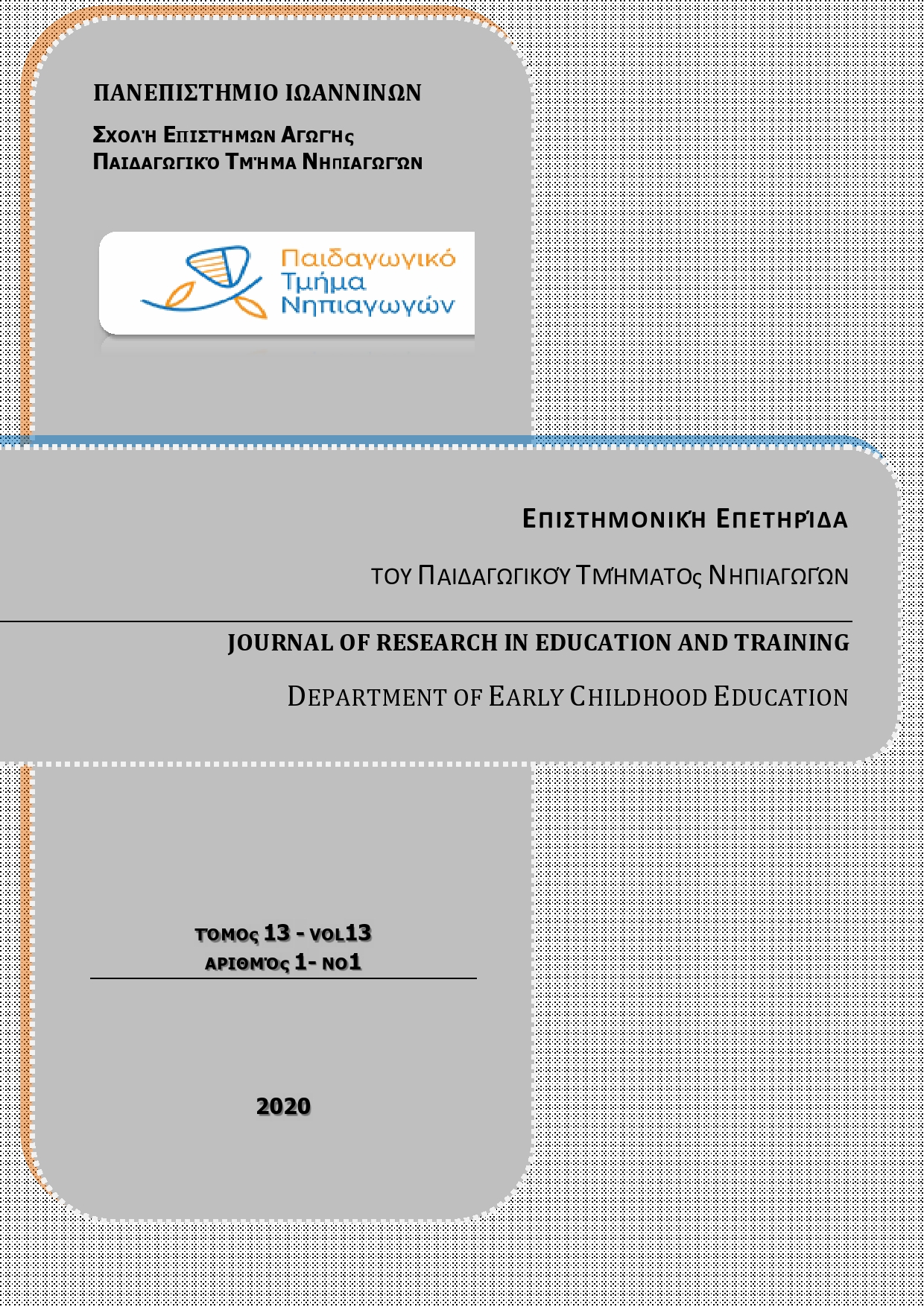Διαφορές και ομοιότητες στη νοημοσύνη ηλικιωμένων κατοίκων αστικών και αγροτικών περιοχών της Ελλάδας

Περίληψη
Η παρούσα έρευνα αποσκοπούσε να εξετάσει διαφορές και ομοιότητες στη ρέουσα και αποκρυσταλλωμένη νοημοσύνη ηλικιωμένων που κατοικούν σε αστικές και αγροτικές περιοχές. Το δείγμα αποτελούνταν από 80 άτομα ηλικίας 65-91 ετών τα οποία χωρίστηκαν σε δύο ομάδες, 40 άτομα από αστικές περιοχές και 40 από αγροτικές. Ως έργα που μετρούν ρέουσα νοημοσύνη, χορηγήθηκαν η φωνολογική συνθήκη της Δοκιμασίας Λεκτικής Ευχέρειας και η Δοκιμασία Ευχέρειας Σχεδιασμού της συστοιχίας Delis-Kaplan Executive Function System. Ως έργα αποκρυσταλλωμένης νοημοσύνης, χορηγήθηκε η σημασιολογική συνθήκη της Δοκιμασίας Λεκτικής Ευχέρειας της D-KEFS και το Ερωτηματολόγιο Σοφού Τρόπου Σκέψης και Δράσης. Τα αποτελέσματα έδειξαν ότι οι ηλικιωμένοι που κατοικούν σε αγροτικές περιοχές είχαν υψηλότερη επίδοση στη σοφία ως διαλεκτική σκέψη και εκτίμηση της αβεβαιότητας της ζωής, σε σύγκριση με τους ηλικιωμένους που διαβιούν σε πόλη. Το ίδιο βρέθηκε και ως προς την επίδοσή τους στη σημασιολογική συνθήκη της Δοκιμασίας Λεκτικής Ευχέρειας, η οποία μετρά τις εκτελεστικές λειτουργίες της έναρξης διαδικασίας και της αναστολής αλλά απαιτεί και σημασιολογική γνώση και μνήμη.
Λεπτομέρειες άρθρου
- Πώς να δημιουργήσετε Αναφορές
-
Κουτσονίδα Μ., Νταφούλης Ε., Παπαντωνίου Γ., & Μωραΐτου Δ. (2016). Διαφορές και ομοιότητες στη νοημοσύνη ηλικιωμένων κατοίκων αστικών και αγροτικών περιοχών της Ελλάδας. Επιστημονική Επετηρίδα Παιδαγωγικού Τμήματος Νηπιαγωγών Πανεπιστημίου Ιωαννίνων, 9(2), 174–215. https://doi.org/10.12681/jret.10413
- Τεύχος
- Τόμ. 9 Αρ. 2 (2016)
- Ενότητα
- Άρθρα

Αυτή η εργασία είναι αδειοδοτημένη υπό το CC Αναφορά Δημιουργού – Μη Εμπορική Χρήση – Παρόμοια Διανομή 4.0.
Οι συγγραφείς που δημοσιεύουν σε αυτό το περιοδικό συμφωνούν στους παρακάτω όρους :
1. Οι συγγραφείς διατηρούν τα δικαιώματα πνευματικής ιδιοκτησίας επί των άρθρων τους, χορηγώντας στο περιοδικό το δικαίωμα της πρώτης δημοσίευσης. Άρθρα που δημοσιεύονται στο περιοδικό «Επιστημονική Επετηρίδα του Παιδαγωγικού Τμήματος Νηπιαγωγών της Σχολής Επιστημών Αγωγής του Πανεπιστημίου Ιωαννίνων» διατίθενται με άδεια Creative Commons 4.0, σύμφωνα με την οποία μπορούν να χρησιμοποιούνται ελεύθερα, με αναφορά στο/στη συγγραφέα και στην πρώτη δημοσίευση για μη κερδοσκοπικούς σκοπούς.
2. Οι συγγραφείς μπορούν να συνάπτουν ξεχωριστές, πρόσθετες συμβάσεις και συμφωνίες για την μη αποκλειστική διανομή του δημοσιευμένου στο περιοδικό έργου (π.χ. κατάθεση σε ένα ιδρυματικό αποθετήριο ή δημοσίευση σε ένα βιβλίο), με την αναγνώριση της πρώτης δημοσίευσης σε αυτό περιοδικό.
3. Στους συγγραφείς επιτρέπεται να δημοσιεύσουν την εργασία τους online (κατά προτίμηση σε ιδρυματικά αποθετήρια ή στην ιστοσελίδα τους) πριν και κατά τη διάρκεια της διαδικασίας υποβολής, καθώς αυτό μπορεί να οδηγήσει σε παραγωγικές ανταλλαγές, όπως επίσης και παλαιότερες και ευρύτερες παραπομπές δημοσιευμένων εργασιών (The Effect of Open Access)



